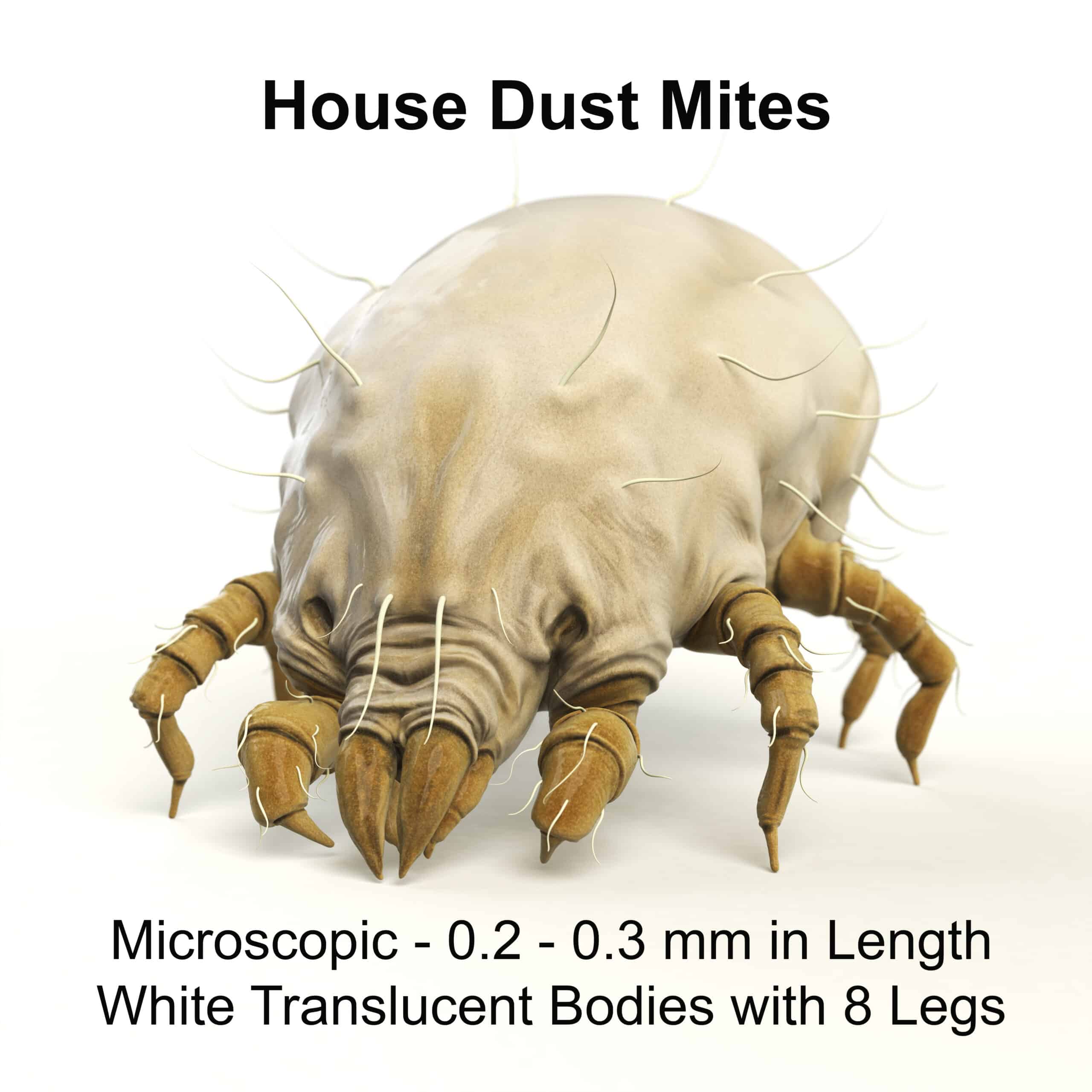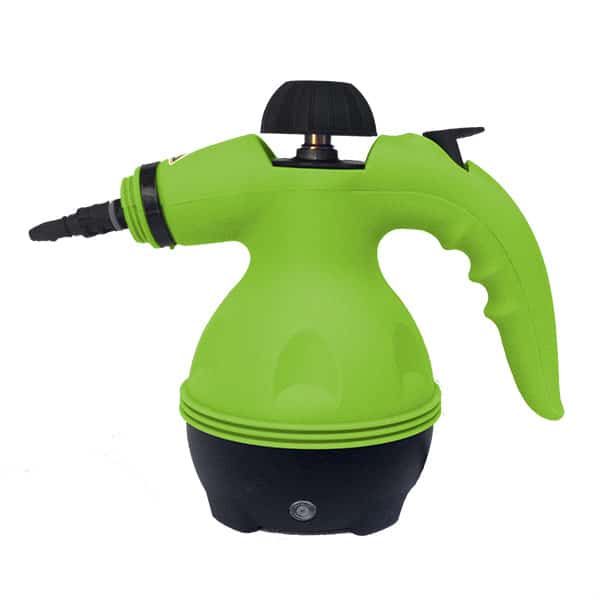
In the article
You’re waking up with itchy eyes, a stuffy nose, and maybe a cough that won’t quit, and you’re wondering, “Is it normal to be allergic to dust mites?” Well, you’re not imagining things. Being allergic to dust mites is not only normal but incredibly common. If you’ve ever thought allergies only come from the outside—like pollen or pets—think again. Dust mites are crawling around inside your home, and they’re a huge cause of indoor allergies.
Millions of people experience symptoms from dust mites every day, and it’s not just some rare issue. It’s something a lot of people deal with, especially in places where dust collects—your bed, your couch, carpets, even your curtains. Let’s dive into why this happens, how to know if you’ve got a dust mite allergy, and what you can do to handle it. You’ll be surprised how a few small changes can make a huge difference in your life.

Is It Normal to Be Allergic to Dust Mites? Yes, they are everywhere.
What Are Dust Mites and How Do They Cause Allergies?
Dust mites. Even the name sounds unpleasant, right? These tiny, almost invisible creatures are found in homes worldwide, and the worst part? They love the places where we spend the most time, like our beds and couches. They’re so small you can’t see them, but trust me—they’re there.
Dust mites feed on dead skin cells. Yep, we’re shedding skin cells all the time, especially in our beds, which makes mattresses and pillows the perfect buffet for these critters. But here’s the kicker: It’s not the house dust mites themselves that cause your allergies—it’s their waste. Gross, I know, but this is the stuff that triggers allergic reactions.
When you breathe in dust mite allergens, your immune system freaks out. It sees these harmless proteins as a threat and starts releasing chemicals to fight them off. That’s when you get hit with the symptoms—sneezing, a runny nose, watery eyes, the whole nine yards. If you’re noticing these reactions at home, especially in your bedroom, dust mites could be the sneaky culprits.
Common Symptoms of Dust Mite Allergies: What to Look For
So how do you know if dust mites are your problem? While you can’t see them, your body might be giving you all the clues. Dust mite allergies show up in pretty familiar ways, often mimicking other allergies or even the common cold. Here’s a list of symptoms to keep an eye out for:
- Stuffy or runny nose—especially when you wake up in the morning
- Itchy or watery eyes—you’ll notice this the most after lying in bed or sitting on the couch for long periods
- Frequent sneezing—especially indoors
- Coughing, wheezing, or tightness in the chest—this can sometimes be mistaken for asthma or a respiratory infection
- Itchy skin or eczema flare-ups—if you’ve got sensitive skin, dust mites might be making it worse
These symptoms tend to get worse at night or first thing in the morning because your bed is basically a dust mite hotspot. And if these symptoms sound all too familiar, then dust mites might just be the unseen enemy you’ve been dealing with all along.
How Common Are Dust Mite Allergies?
If you’re wondering, “Is it normal to be allergic to dust mites?”, the answer is a solid yes. It’s one of the most common allergies out there, affecting millions of people globally. In fact, studies show that dust mite allergens are one of the most significant indoor allergens in many homes. And because dust mites are everywhere, it’s no surprise that people are allergic to them.
Let’s break down the numbers: It’s estimated that around 20 million Americans are allergic to dust mites. That’s a huge number, and it only includes those who have been diagnosed. Many more may have symptoms but haven’t yet identified the source of their discomfort.
In places with high humidity or poor ventilation, the risk of dust mite allergies increases. Dust mites thrive in warm, humid environments, making them common in climates where there’s more moisture in the air. So, if you live in a humid area, dust mites are probably even more of a problem in your home.

How to Diagnose and Test for a Dust Mite Allergy
If you’re dealing with constant sneezing and itching, you might be ready to figure out once and for all if dust mites are causing your allergies. The good news is, it’s easy to get tested. Here’s how you can find out for sure:
- Allergy Skin Test: A doctor can do a skin prick test, where they expose you to a tiny amount of dust mite allergen on your skin. If you’re allergic, you’ll develop a small bump or reaction, usually within 15-20 minutes. Quick and relatively painless.
- Blood Test: If a skin test isn’t for you (or if you have certain skin conditions), a blood test is another option. This measures the amount of allergy-causing antibodies in your bloodstream. While this test isn’t as fast as the skin prick test, it’s just as accurate.
Once you’ve got the results, you’ll know exactly what’s causing your symptoms. Knowing for sure is the first step to tackling the problem.
Effective Ways to Manage and Reduce Dust Mite Allergies at Home
Now that you know dust mites are the issue, what can you do about it? Luckily, there are some effective, straightforward ways to manage and reduce dust mites in your home. The goal is to make your home as dust mite-unfriendly as possible. Here’s how:
- Invest in Dust Mite Mattress Covers: One of the most effective tools in your anti-dust mite arsenal. These covers seal your mattress and create a barrier that dust mites can’t get through. It’s like locking them out of your bed.
- Get Dust Mite Duvet and Pillow Covers: Don’t stop at the mattress. Dust mites love pillows and duvets, too. Covering them with anti-dust mite encasements will help reduce the allergens that are closest to your face when you sleep.
- Vacuum with a HEPA Filter: Regular vacuums can stir up dust and actually make things worse. A vacuum with a HEPA filter, though, will trap the allergens and keep them from floating around in the air.
- Wash Bedding Weekly: Toss your bedding in the wash at least once a week. Make sure you’re using hot water (60°C or higher) to kill off any mites hanging around.
- Use a Dust Mite Steamer: Steaming your mattress, pillows, and upholstery can kill dust mites on contact. If you want an extra level of protection, a dust mite steamer will help deep clean and sanitize the areas where they thrive.

Dust Mite Steamer
By making these changes, you’re not just cutting down on dust mites—you’re making your home a much more comfortable place for yourself. And, honestly, who wouldn’t want to wake up feeling refreshed instead of sneezing their head off?
Final Thoughts on Dust Mite Allergies
So, is it normal to be allergic to dust mites? Absolutely. It’s one of the most common allergies out there, and millions of people are dealing with the same thing. But the good news is, with a few smart changes, you can manage it.
Dust mite mattress covers, duvet and pillow covers, and regular cleaning can make all the difference. And if you’re serious about reducing dust mites, investing in a dust mite steamer for deep cleaning is a no-brainer.
Don’t let dust mites run your life. Take control, get some relief, and finally wake up without the sneezes.
Frequently Asked Questions:
- Can You Outgrow a Dust Mite Allergy?
Dust mite allergies typically stick around for the long haul. While some kids may experience a reduction in allergy symptoms as they get older, most people don’t completely “outgrow” their dust mite allergy. However, with proper management—like reducing dust mite exposure at home—many people find relief. If you’re dealing with constant symptoms, treatments like allergy medications or even immunotherapy (allergy shots) can help reduce your body’s reaction over time. - Can You Feel Dust Mites Crawling on You?
You can’t feel dust mites crawling on you. They’re way too small to be detected by touch—so if you’re getting the creepy-crawly sensation, it’s probably not the mites themselves but something else, like dry skin, bed bugs, or just an itch. Dust mites live in the environment around you, particularly in places like your mattress, and their presence usually causes allergies rather than a crawling sensation. - How to Build Immunity to Dust Mites?
Building immunity to house dust mites is possible through a process called immunotherapy. This treatment involves exposing your body to tiny amounts of the allergen over time to desensitize your immune system. It’s usually done through allergy shots or drops under the tongue. While it’s a longer-term commitment (often several years of treatment), many people find that it significantly reduces their allergy symptoms, giving them a form of immunity or at least much better tolerance to dust mites. - Is It Normal to Be Allergic to Dust Mites?
Yes, it’s completely normal to be allergic to dust mites. Many people experience symptoms like sneezing, itching, and coughing due to the proteins in dust mite waste. It’s one of the most common indoor allergies, and while it can’t be cured, symptoms can be managed.
Dust Mite Protectors For Your Couch Seats & Dog Beds
If you’ve enjoyed our blog, ‘Is It Normal to Be Allergic to Dust Mites,’ then you might also like to read ‘What Do Dust Mites Look Like.’
Sources:



Leave a Reply